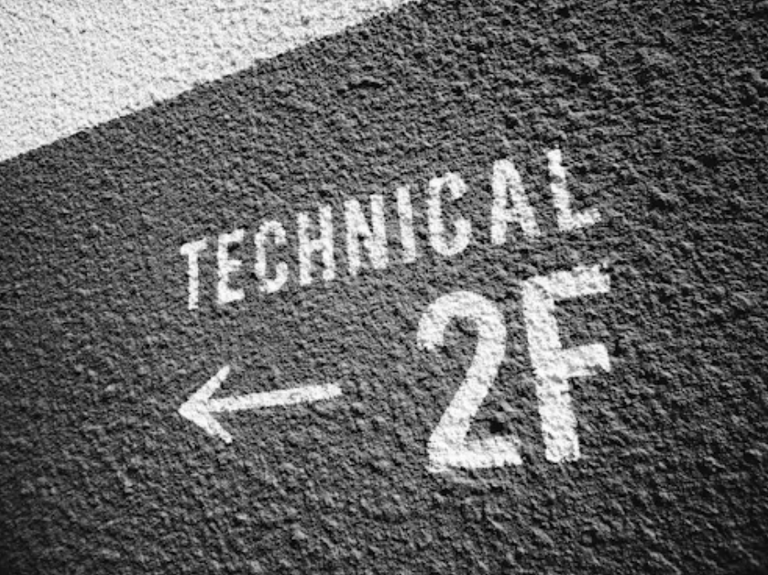In the world of financial markets, trading is a skill that requires both knowledge and strategy. One of the most important tools traders use to inform their decisions is technical analysis. This method involves analyzing historical price data and volume to predict future price movements. Unlike fundamental analysis, which focuses on the intrinsic value of assets, technical analysis relies purely on market data.
In this post, we will delve into technical analysis as a subtopic of trading, its key components, and how traders can use it to make informed decisions.
What is Technical Analysis?
Technical analysis is the study of past market data, primarily price and volume, to forecast future price movements. Traders use various tools, indicators, and chart patterns to identify trends, reversal points, and key levels in the market. The basic assumption behind technical analysis is that all information (public and private) is already reflected in the price, meaning that prices move according to the law of supply and demand.
Key Components of Technical Analysis
Charts
The foundation of technical analysis is the price chart. Charts provide a visual representation of price movements over a specific period, allowing traders to observe patterns and trends. The most common types of charts are:- Line Charts: These display the closing prices over time, forming a line that connects the dots.
- Bar Charts: These show the open, high, low, and close (OHLC) prices for a given period.
- Candlestick Charts: These are similar to bar charts but provide a more detailed view of the market’s sentiment, showing the open, close, high, and low of a period with the body (representing the range between open and close) and the wicks (representing the high and low prices).
Trend Analysis
Understanding trends is crucial in technical analysis. Trends can be classified into three main types:- Uptrend (Bullish Trend): Higher highs and higher lows.
- Downtrend (Bearish Trend): Lower highs and lower lows.
- Sideways Trend (Range-bound): Price moves within a certain range, neither making higher highs nor lower lows.
Identifying the direction of the market trend allows traders to align their trades with the prevailing market conditions.
Support and Resistance Levels
Support refers to a price level where an asset tends to find buying interest, preventing the price from falling further. Resistance, on the other hand, is a price level where selling interest often emerges, preventing the price from rising. These levels are crucial for traders to identify potential entry and exit points.Technical Indicators
Traders use various indicators to assist in making trading decisions. Some of the most popular technical indicators include:- Moving Averages: Smooths out price data to identify trends over a specific time period. Common types include Simple Moving Average (SMA) and Exponential Moving Average (EMA).
- Relative Strength Index (RSI): Measures the magnitude of recent price changes to evaluate overbought or oversold conditions in the market.
- Moving Average Convergence Divergence (MACD): Shows the relationship between two moving averages and is used to identify momentum, trend strength, and potential reversals.
- Bollinger Bands: Consists of a middle band (SMA), and upper and lower bands that adjust based on market volatility. These bands help traders identify overbought and oversold conditions.
Chart Patterns
Chart patterns are formations that appear on price charts and are used to predict future market movements. Some of the most commonly observed patterns include:- Head and Shoulders: A reversal pattern that signals a potential trend reversal.
- Double Top/Bottom: A pattern that indicates a possible reversal when the price reaches a significant level twice.
- Triangles: Symmetrical, ascending, or descending triangles indicate consolidation before a breakout or breakdown.
Volume
Volume is a key indicator that confirms the strength of a price move. A high volume during a price increase suggests strong buying interest, while high volume during a price decrease suggests strong selling interest. Volume can also help confirm patterns and trends, signaling the likelihood of continuation or reversal.
Types of Technical Analysis Strategies
Trend Following
Trend following is one of the most popular strategies in technical analysis. It involves identifying the prevailing market trend and making trades in the direction of that trend. Traders use tools like moving averages and trendlines to identify trends and enter trades when the trend is strong.Breakout Trading
Breakout traders focus on key support and resistance levels. They aim to enter trades when the price breaks through a significant level, signaling the start of a new trend. The idea is to capitalize on the momentum that comes after a breakout.Range Trading
Range traders look for assets that are moving sideways and identify key support and resistance levels. They enter long positions near support and short positions near resistance, profiting from the oscillations within the range.Counter-Trend Trading
Counter-trend traders attempt to profit from price reversals. They use tools like RSI and Bollinger Bands to identify overbought and oversold conditions, expecting price corrections when the market has moved too far in one direction.
Limitations of Technical Analysis
While technical analysis can be highly effective, it is not foolproof. Some of the limitations include:
- Past Data Dependent: Technical analysis relies heavily on past price data, and there is no guarantee that future price movements will follow historical patterns.
- False Signals: Indicators and patterns can sometimes produce false signals, leading to losses if not used with other forms of analysis or proper risk management.
- Market Sentiment: Technical analysis does not account for market sentiment or news events, which can have a significant impact on price movements.
Conclusion
Technical analysis is an essential tool for traders who wish to make informed decisions in the financial markets. By analyzing price data, trends, and indicators, traders can identify potential opportunities and manage risks effectively. However, it is important to remember that technical analysis should be used in conjunction with other strategies and sound risk management practices to maximize success in trading.
With practice and a solid understanding of technical analysis, traders can increase their chances of making profitable trades and achieving long-term success in the markets.



